Top 10 Unusual Christmas Delicacies from Around the World
Christmas, a festival celebrated with great enthusiasm around the globe, is not just about decorating trees and exchanging gifts. It’s also a time when culinary traditions come to the forefront, showcasing a diverse palette of flavours and ingredients. Every culture has its unique way of commemorating this festive season, often reflected in the special dishes prepared during this time. From savoury to sweet, traditional to unconventional, the variety of Christmas delicacies is as vast as it is intriguing. In this list, we embark on a gastronomic journey to explore the Top 10 Unusual Christmas Delicacies from Around the World. These dishes, ranging from the exotic to the unconventional, offer a glimpse into the rich tapestry of global Christmas traditions and flavours.
1. Svið – Iceland
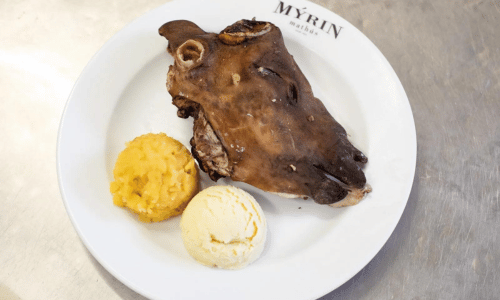
Svið: A Unique Icelandic Tradition
In Iceland, Christmas is an occasion to savour Svið, a traditional dish that might surprise many. Svið is essentially a singed sheep’s head, sometimes served with mashed potatoes and turnips. The preparation involves singeing the wool off the head, boiling it, and then serving it either hot or cold. This dish dates back to times when no part of the animal was wasted. While it may seem unusual, Svið is a cherished part of Icelandic Christmas feasts, embodying the spirit of resourcefulness and tradition.
2. Fried Caterpillars – South Africa
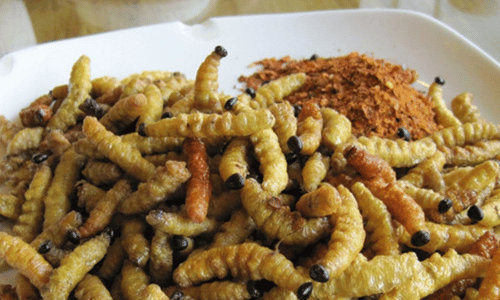
A Crunchy Christmas Delight
In South Africa, one of the unconventional Christmas delicacies includes fried caterpillars. This dish, particularly popular among the indigenous communities, is considered a delicacy. The caterpillars of the Emperor Moth are harvested, dried, and then fried until crunchy. Rich in protein, they offer a unique blend of flavours and are a testament to the diverse culinary traditions of South Africa.
3. Kiviak – Greenland
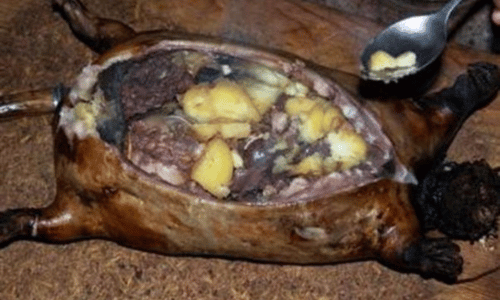
A Fermented Surprise
Kiviak, a traditional Inuit dish from Greenland, is as unusual as it gets. The dish involves stuffing a seal skin with around 500 auks (a type of bird) and then fermenting it for several months. The result is a pungent, flavorful dish that is a central part of Christmas celebrations in Greenland. This dish highlights the adaptation of local communities to their harsh environment and their ingenuity in preserving food.
4. Caganer – Catalonia, Spain

A Unique Christmas Figure
In Catalonia, Spain, the Caganer is a unique and somewhat controversial figure in the Christmas nativity scene. The Caganer is a small figurine depicted in the act of defecation. This may sound unusual, but it’s a centuries-old tradition in Catalonia. The Caganer is believed to bring luck and fertility, and finding the figure hidden in Christmas displays has become a popular game.
5. Smalahove – Norway
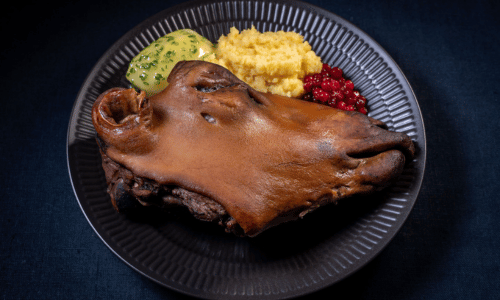
A Traditional Delicacy
Smalahove is a traditional Norwegian dish, typically eaten around Christmas. It consists of a sheep’s head, cut in half, smoked, and then boiled or steamed. The entire head is used, including the brain. For many Norwegians, Smalahove is a cherished part of the holiday festivities, reflecting the nation’s culinary heritage and the importance of utilizing all parts of an animal.
6. Tamales – Guatemala
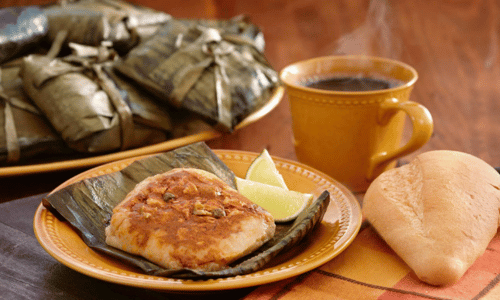
A Festive Staple
In Guatemala, Christmas isn’t complete without Tamales, a traditional Mesoamerican dish made of masa (a dough made from hominy), which is steamed in a corn husk or banana leaf. The fillings vary, including meats, cheeses, fruits, vegetables, chillies, and more. While Tamales are common across Latin America, the Guatemalan version is particularly notable for its elaborate preparation and significance during Christmas celebrations.
7. Christmas Witch Cookies – Italy
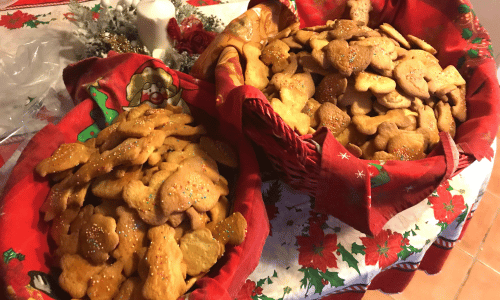
A Sweet Twist
In Italy, Christmas time brings a delightful tradition of baking cookies in the shape of witches, known as La Befana. According to Italian folklore, La Befana is a witch who delivers gifts to children on Epiphany Eve. These cookies, often decorated with icing and colourful candies, add a whimsical touch to the Italian festive season.
8. Pickled Herring – Poland
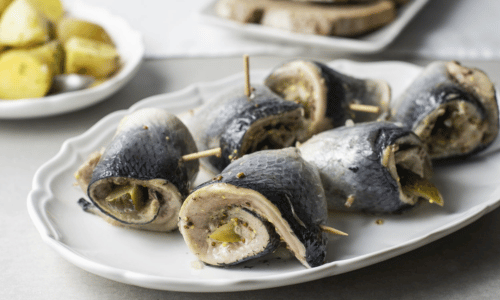
A Christmas Eve Essential
In Poland, Pickled Herring is an essential part of the Christmas Eve meal, known as Wigilia. The herring, pickled in vinegar, oil, onions, and spices, is considered a symbol of good fortune. This tradition reflects Poland’s rich history and its connection to the Baltic Sea, where herring is plentiful.
9. Lutefisk – Scandinavia

A Gelatinous Tradition
Lutefisk, a traditional dish in Scandinavian countries, is made from aged stockfish (or dried/salted whitefish) and lye. The lye gives the fish a gelatinous texture. It’s often served with butter, cream sauce, or pepper during the Christmas season. This unique dish is a nod to the historical preservation methods and the resourcefulness of the Scandinavian people.
10. Mopane Worms – Zimbabwe
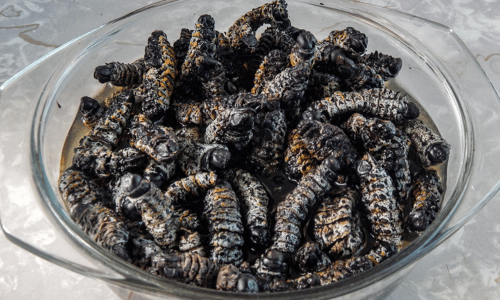
A Protein-Rich Feast
In Zimbabwe, Mopane Worms are a popular snack and an unusual Christmas delicacy. These large caterpillars are harvested, dried, and then fried or smoked, offering a crunchy, protein-rich treat. This dish is a reflection of Zimbabwe’s culinary diversity and the importance of indigenous ingredients in festive celebrations.
Our exploration of the Top 10 Unusual Christmas Delicacies from Around the World reveals the incredible diversity and richness of culinary traditions during the festive season. From the fermented Kiviak in Greenland to the sweet witch cookies of Italy, each dish tells a story of cultural heritage, adaptation, and festive spirit. As we celebrate our own traditions, let’s remember the myriad ways people around the world mark this special time of year.
“We’ve reached the end of our Top 10 countdown, and we’d love to hear from you! Do you agree with our choices, or is there something we missed that you feel deserves a spot on this list? Let’s start a conversation – comment below with your thoughts and ideas. Your input might just influence our next Top 10!”
“If you like this, you might like The Top 10 Healthiest Cuisines in the World





